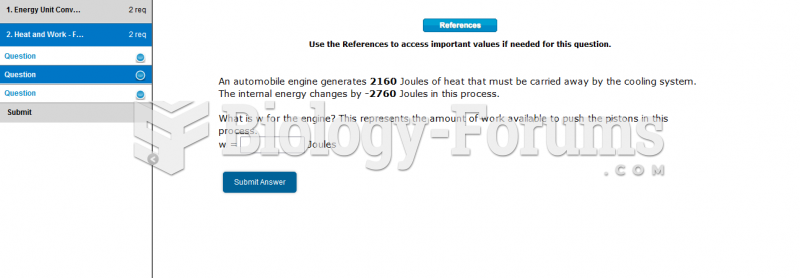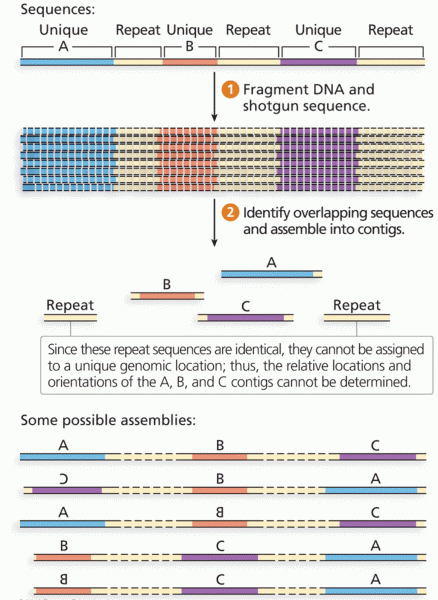Answer to Question 1
Forensic accounting is rooted in law and economics, not psychology or criminology. Thus, the interest in why people commit fraud, especially when conducting a fraud investigation, is explanatory (cause and effect), not predictive. Applying traditional economic theory, it is proposed that people commit fraud when the perceived reward () is greater than the probable loss-the calculus of fraud. Because fraud investigators are called in after a suspicion of fraud has been identified, the focus is who, when, how, and how much-not why.
Answer to Question 2
1. Budgeted overhead rate = Budgeted overhead costs Budgeted labor costs
= 315,000 225,000 = 140 of labor cost
2. Ending work in process
Job 11 Job 12 Total
Direct material costs 4,870 5,910 10,780
Direct labor costs 5,100 6,800 11,900
Overhead
(1.40 Direct labor costs) 7,140 9,520 16,660
Total costs 17,110 22,230 39,340
Cost of goods sold = Beginning WIP + Manufacturing costs Ending WIP
= 0 + 148,500 + 213,500 + (213,500 1.40) 39,340 = 621,560
3. Overhead allocated = 1.40 213,500 = 298,900
Underallocated overhead = Actual overhead Allocated overhead
= 302,100 298,900 = 3,200 underallocated
4a. All underallocated overhead is written off to cost of goods sold.
WIP inventory remains unchanged.
Account
(1) Dec. 31, 2014
Account Balance
(Before Proration)
(2) Write-off of 3,200
Underallocated overhead
(3) Dec. 31, 2014
Account Balance
(After Proration)
(4) = (2) + (3)
Work in Process 39,340 0 39,340
Cost of goods sold 621,560 3,200 624,760
660,900 3,200 664,100
4b. Underallocated overhead prorated based on overhead allocated before proration.
Account
(1) Dec. 31, 2014
Account
Balance
(Before
Proration)
(2) Allocated Overhead
Included in
Dec. 31, 2014
Account Balance
(Before Proration)
(3) (4) Proration of 3,200
Underallocated
Manufacturing Overhead
(5) Dec. 31, 2014
Account
Balance
(After Proration)
(6) = (2) + (5)
Work in Process 39,340 16,660a (5.57) 0.0557 3,200 = 178 39,518
Cost of Goods Sold 621,560 282,240b (94.43) 0.9443 3,200 = 3,022 624,582
Total 660,900 298,900 100 3,200 664,100
a11,900 1.40; b(213,500 11,900) 1.40
5. Writing off all of the underallocated overhead to Cost of Goods Sold (CGS) is warranted when CGS is large relative to Work-in-Process Inventory and Finished Goods Inventory and the underallocated overhead is immaterial. Both these conditions apply in this case. InStep Company should write off the 3,200 underallocated overhead to Cost of Goods Sold account.







